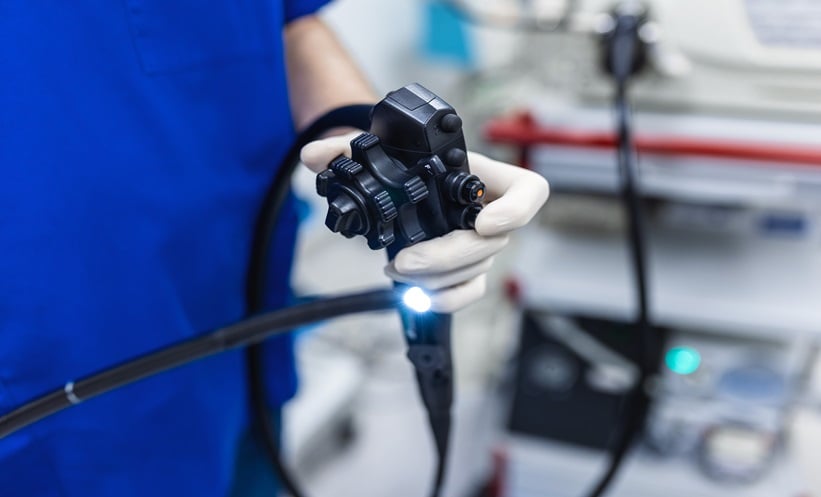A NEW study highlights the nuanced role artificial intelligence (AI) may play in preventing infections in hospital settings. Researchers found that while an AI-guided infection prevention bundle did not significantly reduce rates of Clostridioides difficile infection (CDI), it did lead to a meaningful reduction in the use of certain high-risk antibiotics—especially among patients flagged as high-risk by the AI model.
The quality improvement study, conducted at a single US hospital, compared more than 79,000 inpatient stays before and after the implementation of an AI tool designed to predict CDI risk. The tool aimed to guide infection control efforts through improved hand hygiene protocols and better antibiotic stewardship.
The AI-guided approach did not reduce overall CDI incidence, which remained low throughout both periods (5.76 vs. 5.65 per 10,000 patient-days). However, its impact was more apparent in prescribing behavior. Use of broad-spectrum antibiotics such as piperacillin-tazobactam and clindamycin decreased, particularly for patients identified by the AI as high-risk. For example, use of piperacillin-tazobactam dropped by 16.8% among flagged patients.
The study also shed light on the human side of AI integration. While pharmacists actively engaged with AI alerts, adherence to enhanced hand hygiene protocols was poor. Staff reactions to AI-supported workflows varied, emphasizing the need for better training, communication, and system design.
“These results highlight both the promise and the challenges of using AI in infection prevention,” said study author Dr. Shengpu Tang. “AI can support antimicrobial stewardship, but only if it’s thoughtfully integrated into everyday hospital practice.”
Reference
Tang S et al. Guiding Clostridioides difficile Infection Prevention Efforts in a Hospital Setting With AI. JAMA Netw Open. 2025;8(6):e2515213.








